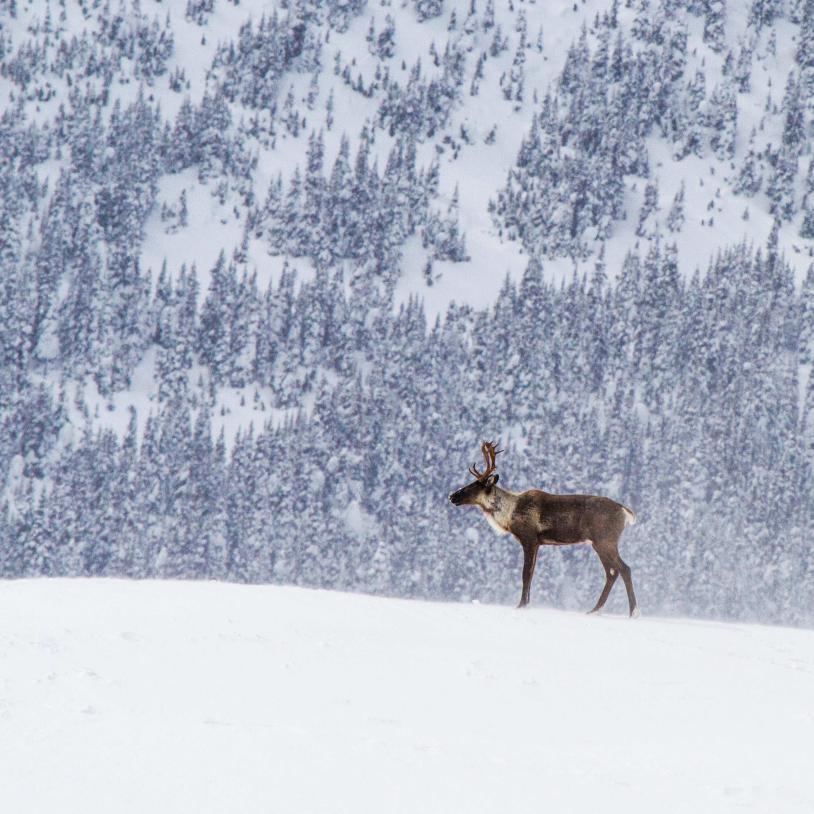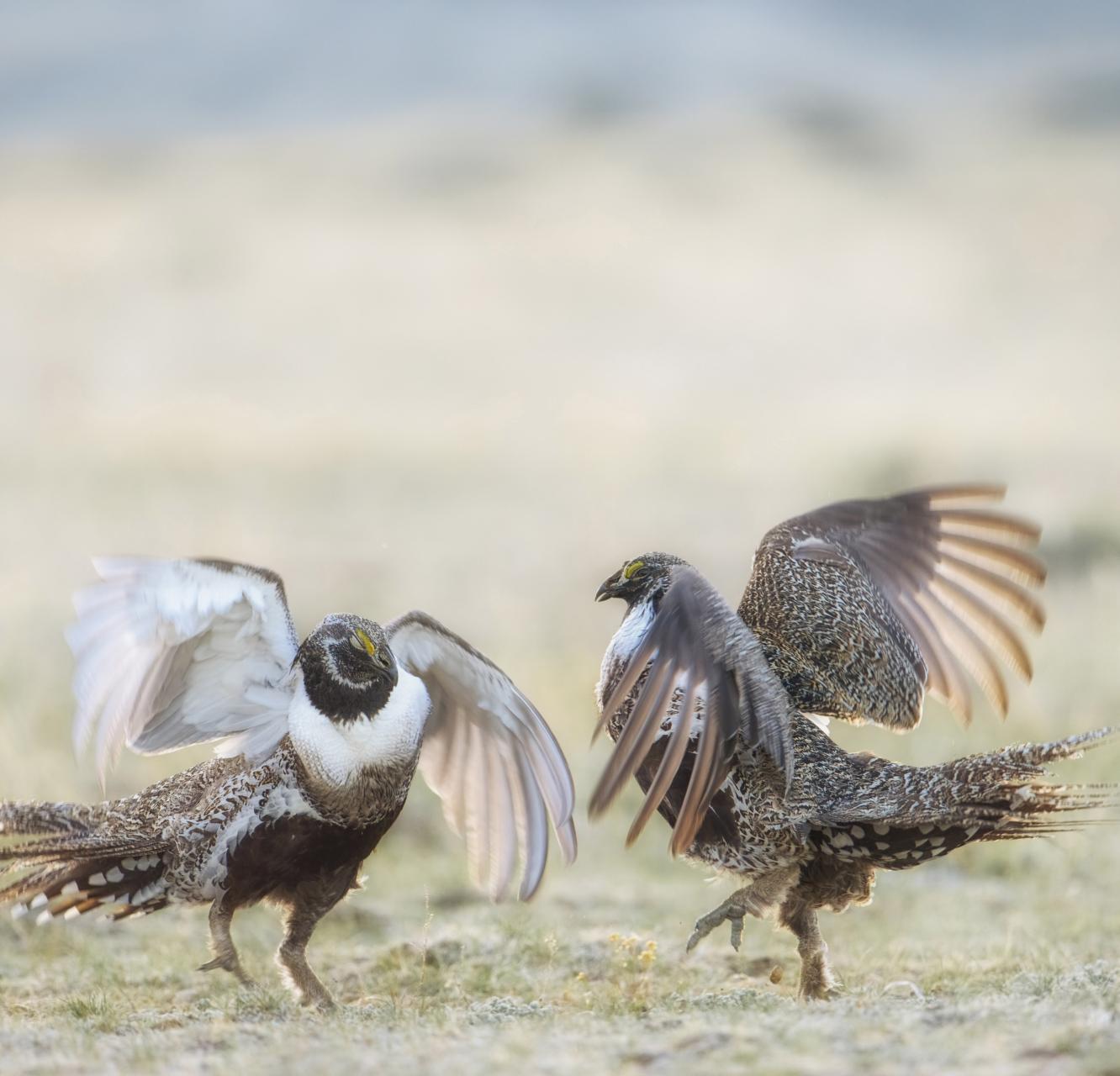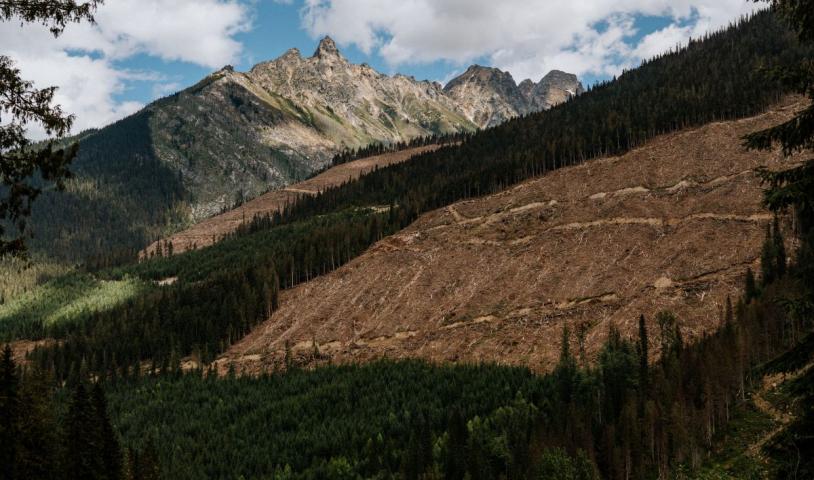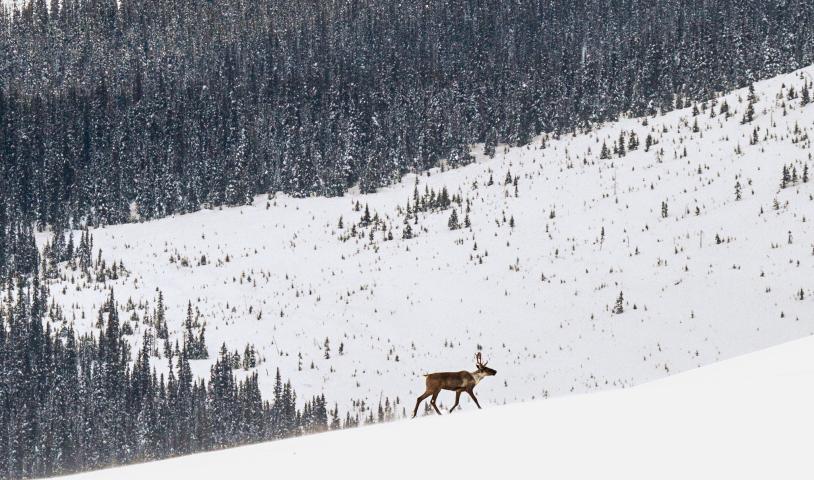Grouse misconduct?
Wednesday, June 17, 2009When the plains were peppered with roaming buffalo, there were many more wolves around than there are now.
That kept the coyote population down, which pretty much guaranteed that plenty of proud little sage grouse would live to dance another day.
But today, the far-reaching effects of an altered ecosystem — where buffalo were essentially replaced by humans — have combined to dwindle the population of southern Alberta’s sage-grouse to less than 200 birds, living primarily from the Manyberries region east to the Saskatchewan border, and south of the Cypress Hills into Montana.
Their survival is at the heart of a two-or three-day federal court battle which began Tuesday as six conservation groups take federal Environment Minister Jim Prentice to task, for failing to identify critical habitat for the endangered greater sage grouse. The lawsuit was filed by Ecojustice in early 2008 on behalf of the Alberta Wilderness Association, Federation of Alberta Naturalists, Grasslands Naturalists, Nature Saskatchewan and Wilderness Committee. It alleges Prentice failed to comply with Canada’s Species at Risk Act (SARA) which requires the sage grouse’s critical habitat to be identified in its recovery strategy, so it can be protected.
“If we lose the species, what does it say about what we’re doing to the habitat?” said Cliff Wallis, vice-president of the Alberta Wilderness Association.
“The reasons they’re disappearing are complex, but it’s primarily because of development that’s caused their range to shrink, and there’s very few left so they’re certainly particularly vulnerable.”
Habitat loss, changes to remaining habitat and other factors including the emergence of West Nile virus — which the birds are susceptible to — have all taken a great toll, Wallis said.
A side-effect of coalbed methane extraction across the border in Montana are pools of water — a breeding ground for mosquitoes that carry West Nile.
“They dance on these traditional grounds,” Wallis said, “and it’s one of the most spectacular sights to see. Even if they’re not dancing, they’re spectacular to watch and we’ll lose the ability to view them. Our groups are sending an Environment Week message to Minister Prentice and Premier Ed Stelmach. Their refusal to protect critical habitat could mean that sage-grouse have little chance of survival.”
The once wide-spread species, known for its spring courtship displays, has been listed as endangered since 1998 and now survives in a remote area of the province’s southeast corner, and into Saskatchewan. During the past year, numbers have dropped 20 per cent. Alberta Fish and Wildlife counted 66 males on leks (their breeding grounds) this spring, down from 84 in 2008. At that rate of decline, and with oil and gas development continuing to fragment their habitat, the species is forecast to disappear from Alberta within six years.
The conservation groups maintain that the birds’ breeding locations are very well known.
A peer-reviewed study published by Mark Boyce, University of Alberta, clearly identifies critical habitat for nesting and brood-rearing, yet despite referencing such studies, the federal government’s recovery strategy failed to identify any critical habitat, thwarting future efforts to protect it.





